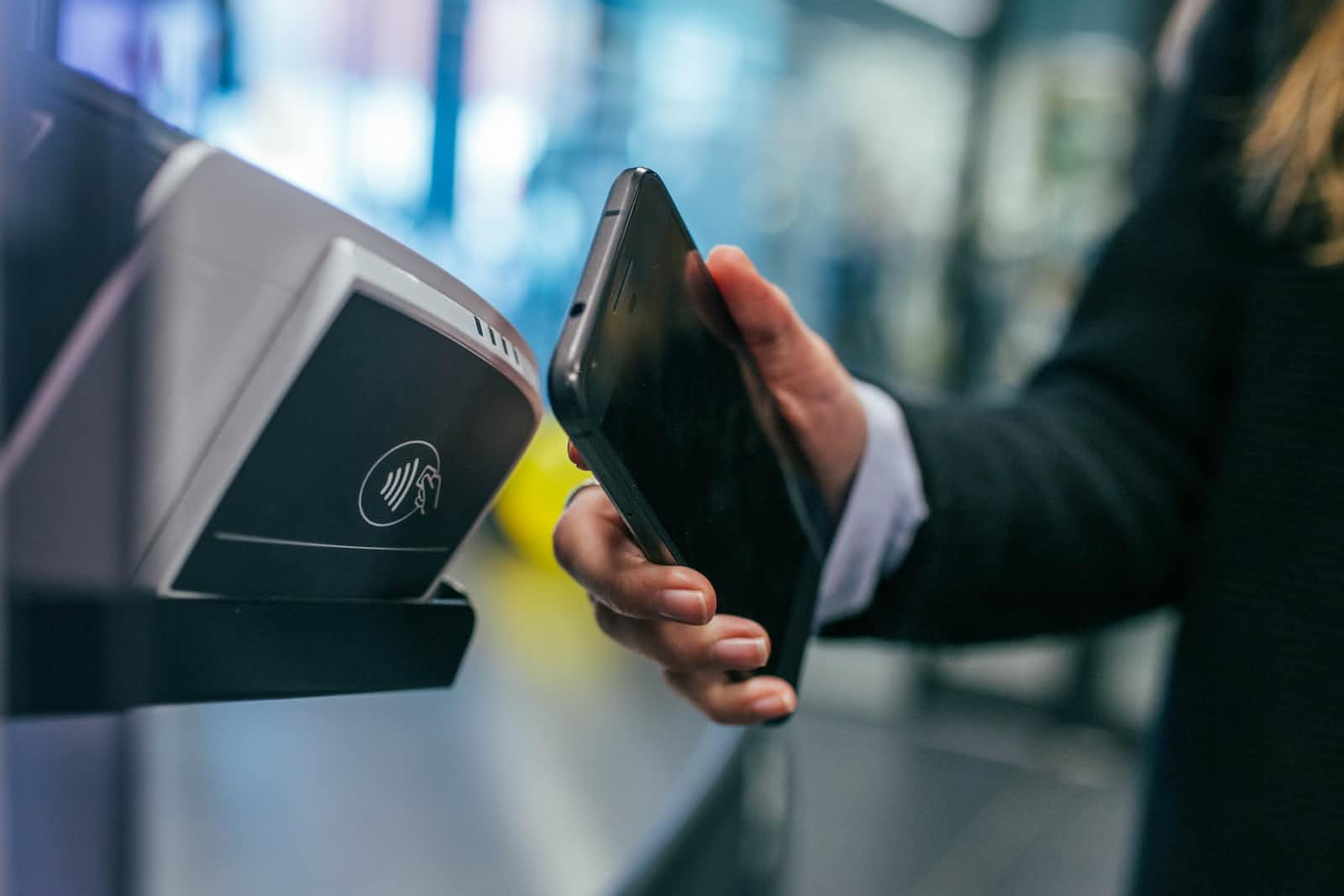What is NFC and what's it got to do with you
 Robert Dixon
Robert Dixon
If you've ever made a contactless payment, opened a door or used a printer with an ID badge, the chances are you've used a technology called NFC.
NFC stands for Near Field Communication and it is commonly used for transferring small amounts of data quickly and without little interaction.
But how does it work?
There are 2 different ways NFC operates and it has to do with what you are using to transfer the data...
Physical media e.g. credit/debit card or ID badge
The first way is typically used for contactless payments with your debit/credit card or identifying yourself with an ID badge.
There is a small circuit consisting of a chip and an induction coil antenna inside your card or ID badge, often called an NFC tag. This is what holds the data, such as payment information or identification.
When the tag is brought close to an NFC reader, enough power is transmitted to the tag for it to transmit the data back to the reader.
Smartphone
Most smartphones are capable of using NFC in 3 different ways...
Card emulation - The smartphone emulates data as and when it is needed e.g. different debit/credit cards, tickets or passes and transmits them to the reader.
Reader/writer - The smartphone acts as a reader and reads most NFC tags or writes data to them if they are not locked down, using apps such as NFC Tools.
Peer-to-peer - The smartphone transfers data to other smartphones through NFC.
References
https://www.kevin.eu/blog/nfc-payments
https://www.androidauthority.com/what-is-nfc-270730
https://www.wakdev.com/en/apps.html
Subscribe to my newsletter
Read articles from Robert Dixon directly inside your inbox. Subscribe to the newsletter, and don't miss out.
Written by

Robert Dixon
Robert Dixon
Computer Scientist from England, UK.